Introduction & Motivation
Fraud Detection in R

Bart Baesens
Professor Data Science at KU Leuven
Instructors
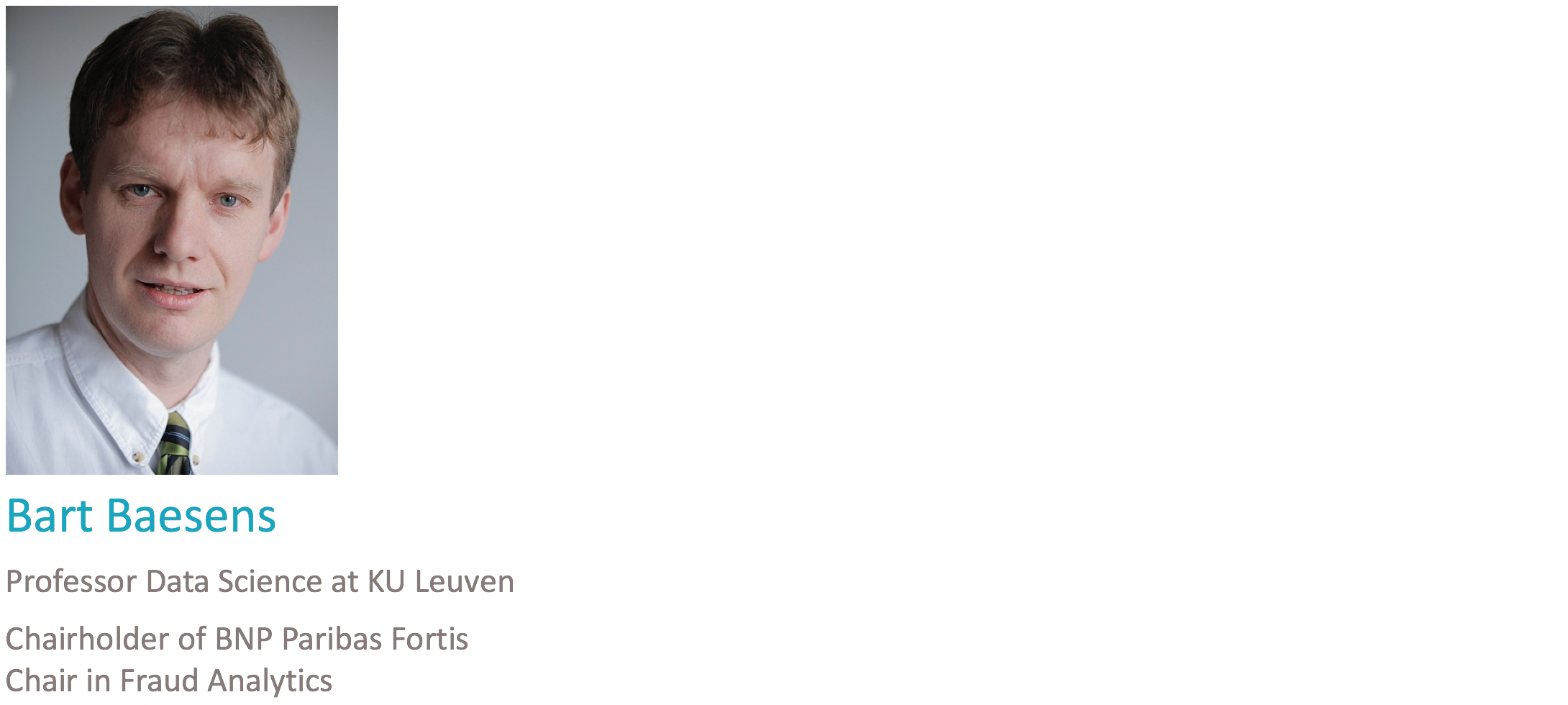
Instructors
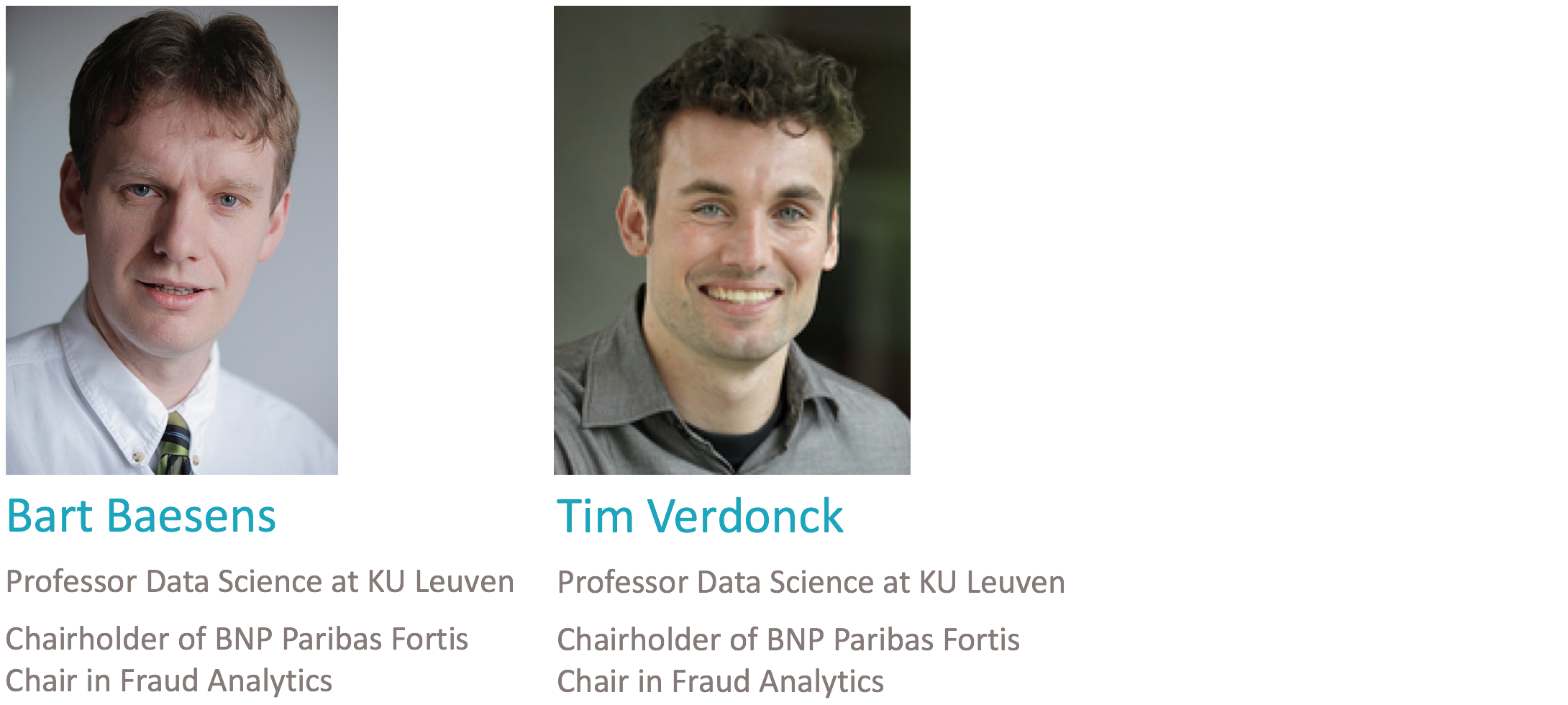
Instructors

What is fraud?
Fraud is an uncommon, well-considered, imperceptibly concealed, time-evolving and often carefully organized crime which appears in many types and forms.

Impact of fraud
- Fraud is very rare, but cost of not detecting fraud can be huge!
- Examples:
- Organizations lose 5% of their yearly revenues to fraud
- Money lost by businesses to fraud > $3.5 trillion each year
- Credit card companies lose approximately 7 cents per $100 of transactions due to fraud
- Fraud takes up 5-10% of the claim amounts paid for non-life insurance
Types of fraud
- Anti-money laundering
- Check fraud
- Credit card fraud
- Customs fraud
- Counterfeit
- Identity theft
- Insurance fraud
- Mortgage fraud
- Non-delivery fraud
- Online fraud
- Product warranty fraud
- Tax evasion
- Telecommunication fraud
- Theft of inventory
- Ticket fraud
- Transit fraud
- Wire fraud
- Workers compensation fraud
Key characteristics of successful fraud analytics models
- Statistical accuracy

Key characteristics of successful fraud analytics models
- Statistical accuracy
- Interpretability

Key characteristics of successful fraud analytics models
- Statistical accuracy
- Interpretability
- Regulatory compliance
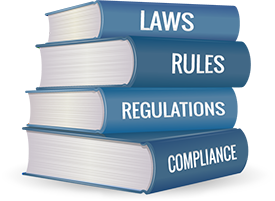
Key characteristics of successful fraud analytics models
- Statistical accuracy
- Interpretability
- Regulatory compliance
- Economical impact
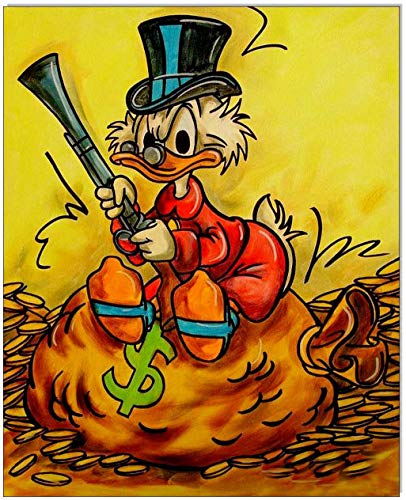
Key characteristics of successful fraud analytics models
- Statistical accuracy
- Interpretability
- Regulatory compliance
- Economical cost
- Complement expert based approaches with data-driven techniques

Challenges of fraud detection model
- Imbalance
- e.g. in credit card fraud < 0.5% frauds typically

Challenges of fraud detection model
- Imbalance
- e.g. in credit card fraud < 0.5% frauds typically
- Operational efficiency
- e.g. in credit card fraud < 8 seconds decision time

Challenges of fraud detection model
- Imbalance
- e.g. in credit card fraud < 0.5% frauds typically
- Operational efficiency
- e.g. in credit card fraud < 8 seconds decision time
- Avoid harassing good customers

Imbalanced data
After a major storm, an insurance company received many claims
- Fraudulent claims are labeled with 1 and legitimate claims with 0
The percentage of fraud cases in the data can be determined by using the functions
table()andprop.table()
prop.table(table(...))to determine proportion of fraud
prop.table(table(fraud_label))
0 1
0.9911 0.0089
Visualize imbalance with pie chart
labels <- c("no fraud", "fraud")
labels <- paste(labels, round(100 * prop.table(table(fraud_label)), 2), "%")
pie(table(fraud_label), labels, col = c("blue", "red"),
main = "Pie chart of storm claims")
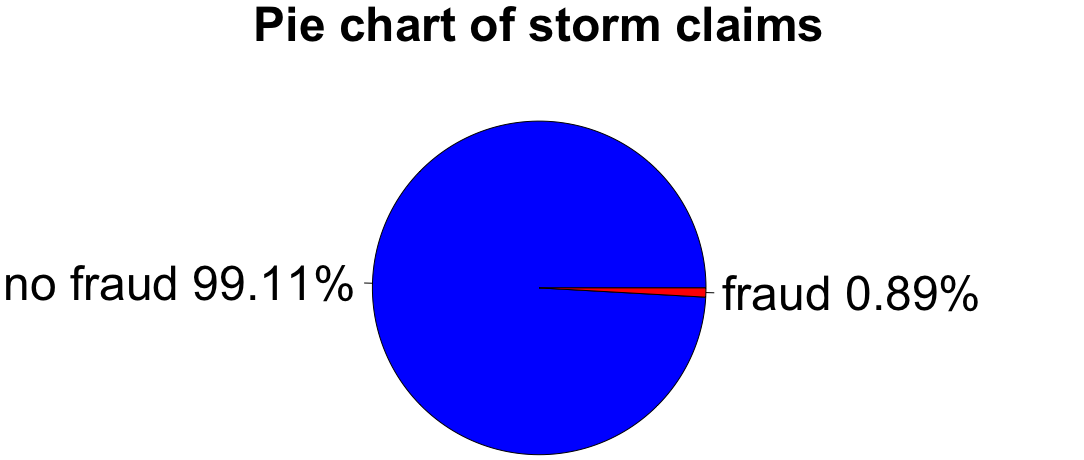
Confusion matrix
Used for evaluating fraud detection model:
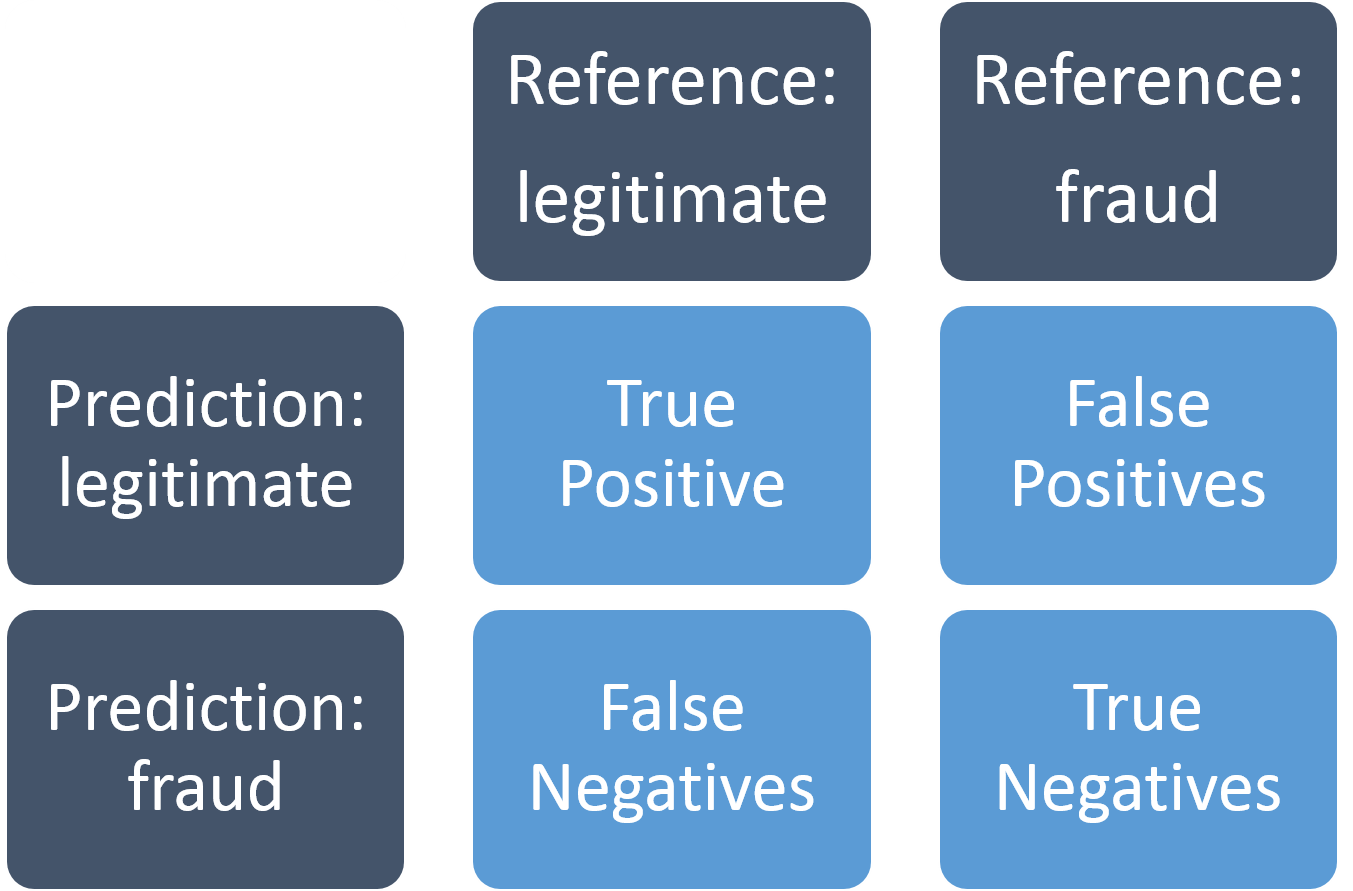
- Suppose no detection model is used, so all claims are considered as legitimate:
predictions <- rep.int(0, times = nrow(claims))
predictions <- factor(predictions, levels = c("no fraud", "fraud"))
- Function
confusionMatrix()from packagecaret:
library(caret)
confusionMatrix(data = predictions, reference = fraud_label)
Reference
Prediction 0 1
0 614 14
1 0 0
Accuracy : 0.9777
Total cost of not detecting fraud: claims example
- Total cost of fraud defined as the sum of fraudulent amounts
- Total cost if no fraud is detected:
> total_cost <- sum(claim_amount[fraud_label == "fraud"]) > print(total_cost)
2301508
Let's practice!
Fraud Detection in R

